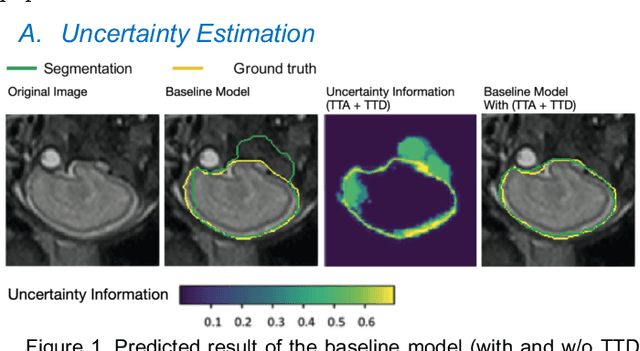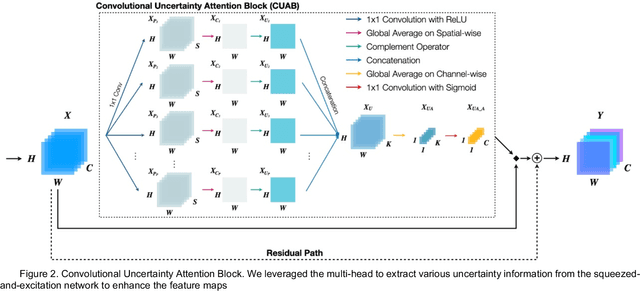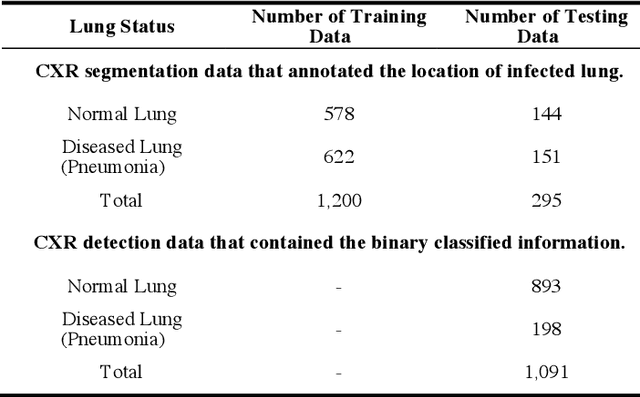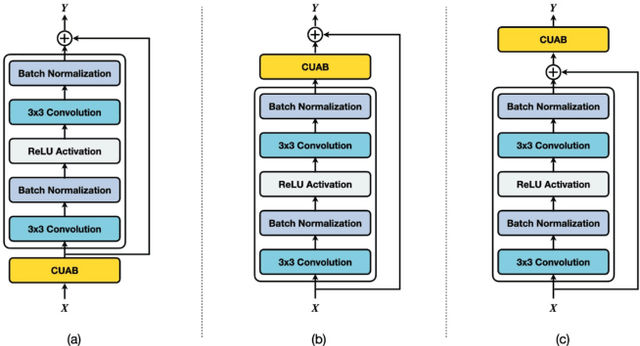Yi-Shan Tsai
SMILE-UHURA Challenge -- Small Vessel Segmentation at Mesoscopic Scale from Ultra-High Resolution 7T Magnetic Resonance Angiograms
Nov 14, 2024Abstract:The human brain receives nutrients and oxygen through an intricate network of blood vessels. Pathology affecting small vessels, at the mesoscopic scale, represents a critical vulnerability within the cerebral blood supply and can lead to severe conditions, such as Cerebral Small Vessel Diseases. The advent of 7 Tesla MRI systems has enabled the acquisition of higher spatial resolution images, making it possible to visualise such vessels in the brain. However, the lack of publicly available annotated datasets has impeded the development of robust, machine learning-driven segmentation algorithms. To address this, the SMILE-UHURA challenge was organised. This challenge, held in conjunction with the ISBI 2023, in Cartagena de Indias, Colombia, aimed to provide a platform for researchers working on related topics. The SMILE-UHURA challenge addresses the gap in publicly available annotated datasets by providing an annotated dataset of Time-of-Flight angiography acquired with 7T MRI. This dataset was created through a combination of automated pre-segmentation and extensive manual refinement. In this manuscript, sixteen submitted methods and two baseline methods are compared both quantitatively and qualitatively on two different datasets: held-out test MRAs from the same dataset as the training data (with labels kept secret) and a separate 7T ToF MRA dataset where both input volumes and labels are kept secret. The results demonstrate that most of the submitted deep learning methods, trained on the provided training dataset, achieved reliable segmentation performance. Dice scores reached up to 0.838 $\pm$ 0.066 and 0.716 $\pm$ 0.125 on the respective datasets, with an average performance of up to 0.804 $\pm$ 0.15.
CUAB: Convolutional Uncertainty Attention Block Enhanced the Chest X-ray Image Analysis
May 05, 2021



Abstract:In recent years, convolutional neural networks (CNNs) have been successfully implemented to various image recognition applications, such as medical image analysis, object detection, and image segmentation. Many studies and applications have been working on improving the performance of CNN algorithms and models. The strategies that aim to improve the performance of CNNs can be grouped into three major approaches: (1) deeper and wider network architecture, (2) automatic architecture search, and (3) convolutional attention block. Unlike approaches (1) and (2), the convolutional attention block approach is more flexible with lower cost. It enhances the CNN performance by extracting more efficient features. However, the existing attention blocks focus on enhancing the significant features, which lose some potential features in the uncertainty information. Inspired by the test time augmentation and test-time dropout approaches, we developed a novel convolutional uncertainty attention block (CUAB) that can leverage the uncertainty information to improve CNN-based models. The proposed module discovers potential information from the uncertain regions on feature maps in computer vision tasks. It is a flexible functional attention block that can be applied to any position in the convolutional block in CNN models. We evaluated the CUAB with notable backbone models, ResNet and ResNeXt, on a medical image segmentation task. The CUAB achieved a dice score of 73% and 84% in pneumonia and pneumothorax segmentation, respectively, thereby outperforming the original model and other notable attention approaches. The results demonstrated that the CUAB can efficiently utilize the uncertainty information to improve the model performance.
 Add to Chrome
Add to Chrome Add to Firefox
Add to Firefox Add to Edge
Add to Edge